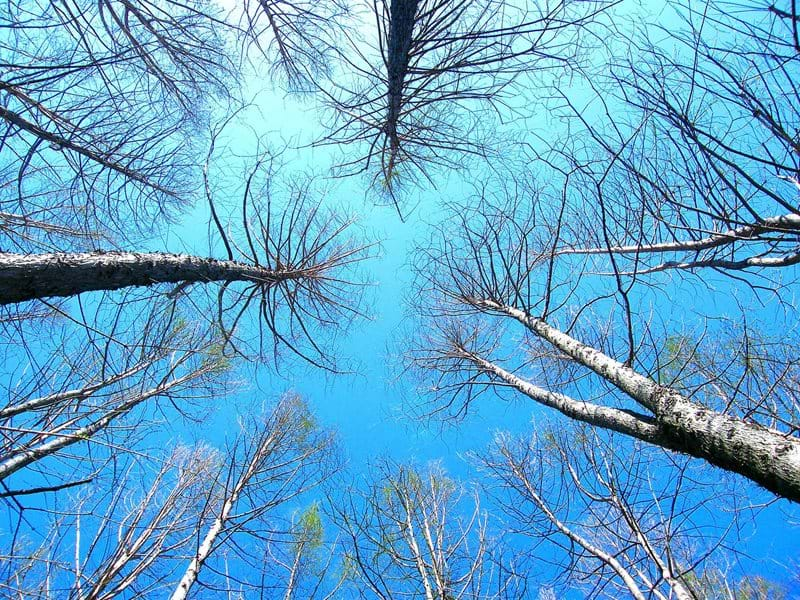

Here at Fiberline, we want to help create a more efficient and sustainable construction industry by offering our customers a less resource-intensive and more energy-efficient alternative to traditional building materials. We achieve this through a combination of energy-efficient production processes, a proximity to our customers, long-lasting durability and a limited need for future resources in maintaining the products.
Fiberline wants to lead the way when it comes to both fibreglass and sustainability.
Eco Report

Sustainability strategy

Raw materials
Fibreglass is a polymer-based composite which consists of fibreglass and polyester. The production of these raw materials makes up the largest part of our carbon footprint – as much as 80%, in fact. Both materials require a complex production process whereby resins are extracted from crude oil and fibreglass is produced from sand, among other things. In order to ensure great strength at areas put under strain, we use different types of fibreglass threads, as well as mats. Our construction profiles and planks contain between 60–70% glass.
Pultrusion
We are specialists in the pultrusion process used to manufacture our fibreglass profiles. Pultrusion is a continuous and energy-optimised process involving temperatures of between 80–150⁰. The actual curing process itself generates heat through what is known as an exothermic reaction, keeping down energy consumption per unit.
Transport
Our fibreglass has the same high strength as steel yet just a quarter of the weight. Combined with our new factory in Poland, which is located close to our local markets, this has a positive effect on transport and the associated carbon emissions.
Application
In contrast to traditional materials, our fibreglass offers a range of different advantages. Thanks to a combination of low weight and great strength, our customers can reduce their total material usage, both in the structure itself and its support.
Fibreglass is also corrosion-free and weather-resistant, and so the costs and resources involved for both its use and maintenance are low in comparison with traditional materials. Combined with their long lifetimes, this makes our fibreglass solutions an energy and cost-efficient alternative.
Finally, their low weight also ensures that they are easy to handle on site, without the need for any specialist machinery. This saves on both time and resources during installation.
End of life
Fibreglass can be fully recycled – for example, as a raw material in the production of cement. We also reuse scraps from fibreglass threads and mats in our own production, transforming them into moulded fibreglass solutions. In addition, our structures are designed in such a way that allows them to be taken apart and re-built or recycled for new purposes.
Sustainability strategy
In 2023, we launched a new sustainability strategy, which provides our customers, employees and other stakeholders with transparent insights into our work with sustainability and our priorities between now and 2028.
In our Eco Report, you will find more information about the environmental profile of our fibreglass profiles. Among other things, we have performed CO2 calculations for a number of our products, making it easy for you to compare with other materials you are considering for your next project.